WORLDWIDE: HEADLINES
UK Manufacturers Feel The Pay Pressure From Rising Inflation
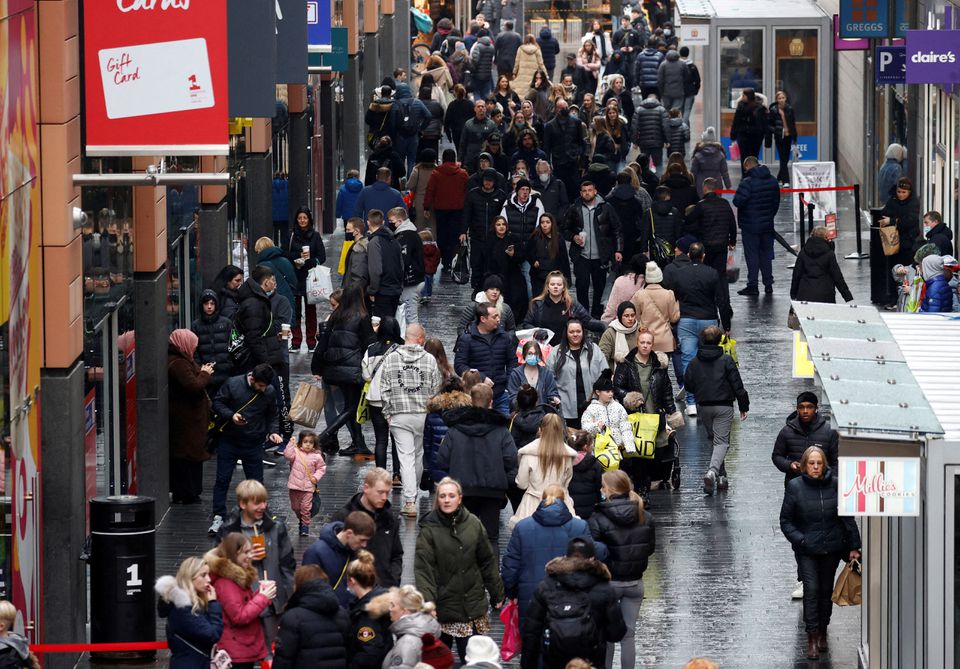
British manufacturers have offered higher pay deals to staff but many others are holding off on settlements as they monitor fast-rising inflation and get ready for higher minimum wages and a tax hike, industry group MakeUK said on Monday.
Only 2% of the companies which took part in a MakeUK survey have frozen pay this year, way down from around a third of them a year ago.
Most pay increases ranged between 2% and 3%, below the recent pace of inflation, but went as high as 14% in some cases.
However, around 45% of companies said they had yet to agree a pay deal, up from about 30% this time last year.
The Bank of England is keeping a close eye on the impact of rising inflation on pay deals, something it fears could lead to longer-term inflationary pressures. The BoE thinks inflation will hit a 30-year high of 6% in April when higher social security contributions are due to kick in.
Verity Davidge, the association’s director of policy, said the outlook for pay among manufacturers compared starkly with a year earlier, when many companies froze or deferred deals as the country headed back into lockdown due to the pandemic.
Some companies felt the need to reward staff and others were trying to attract and retain key skills, Davidge said.
“As a result, the picture this year for manufacturers agreeing pay settlements is far more complex,” she said.
Full coverage: REUTERS
Japan Machinery Orders Rise More Than Expected, Govt Welcomes Pick-up Signs
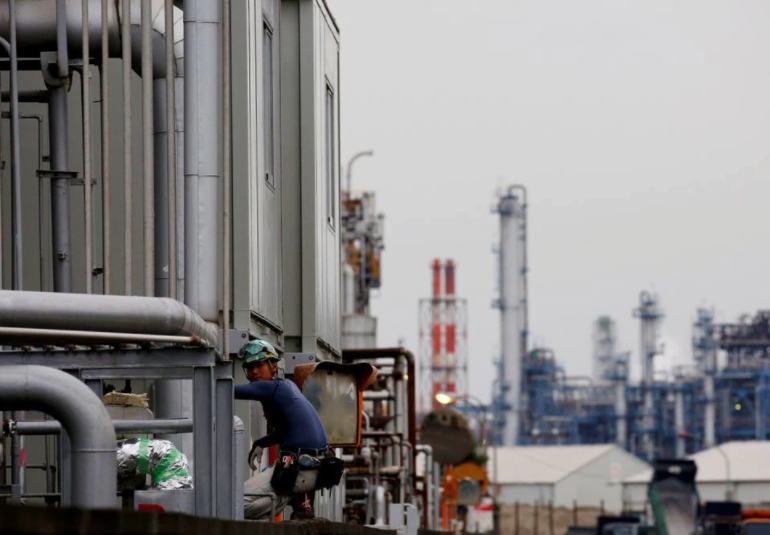
Japan’s core machinery orders rose for a second straight month in November, government data showed on Monday, a sign that corporate appetite for capital spending remained resilient despite pressure from soaring raw material prices.
The gain in core orders, a key indicator of capital expenditure, could be a relief to policymakers hoping for corporate investment to trigger a private demand-led recovery in the world’s third-largest economy.
Core orders, a highly volatile data series regarded as an indicator of capital spending in the coming six to nine months, grew 3.4% in November from October, rising for the second straight month, the Cabinet Office data showed.
It beat economists’ median estimate of a 1.4% rise and followed a 3.8% jump in the previous month.
However, Japanese firms could be cautious about boosting spending due to higher raw material, fuel and transportation costs that are sending wholesale inflation soaring and squeezing corporate margins.
Firms may postpone capital spending from this quarter into the next fiscal year from April as uncertainty in the global economy has risen,” said Takeshi Minami, chief economist at Norinchukin Research Institute.
“Due to a decline in coronavirus cases and an easing of the (global) chip shortage, orders from manufacturers recovered up to November, but the outlook is unclear.”
A government official confirmed firms’ appetite for capital spending faced risks from rising raw material prices, though he added companies were still likely to spend on investments to strengthen their businesses for the future.
Full coverage: REUTERS
WORLDWIDE: FINANCE/MARKETS
Asia Braces For China Data, Oil Nears 2021 Highs
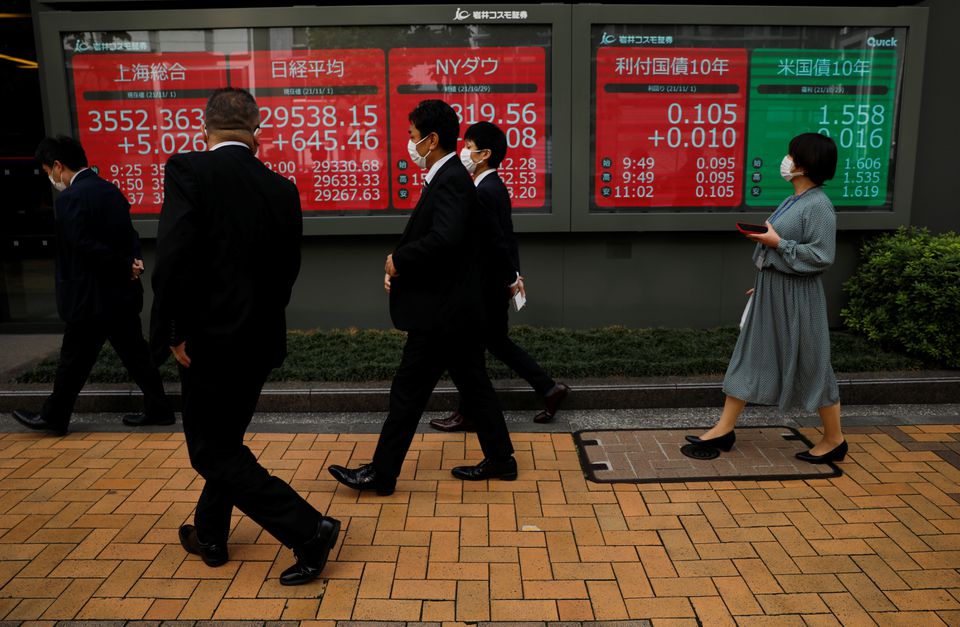
Asian share markets got off to a cautious start on Monday as the U.S. earnings season loomed large and a slew of Chinese economic data were expected to show the deadening effect of coronavirus restrictions on activity.
A holiday in the United States made for thin trading, but that did not stop Brent crude from extending its bull run toward last year’s peak of $86.70 a barrel.
MSCI’s broadest index of Asia-Pacific shares outside Japan (.MIAPJ0000PUS) was little changed, while Japan’s Nikkei (.N225) bounced 0.8% after losing 1.2% last week
S&P 500 futures were flat, while Nasdaq futures slipped 0.1%.
The main feature of the market recently has been a rotation into value stocks and away from growth, particularly technology. The S&P 500 information technology sector (.SPLRCT), which accounts for nearly 29% of the index, has shed 5.5% this year.
With valuations still high, earnings will have to be strong to stop further losses. Overall S&P 500 earnings are expected to climb 23.1% this season, according to Refinitiv IBES, while the tech sector is seen up by 15.6%.
The market will be spared speeches from Federal Reserve officials this week ahead of their Jan. 25-26 policy meeting, but there has been more than enough hawkish comments to see the market almost fully price in a first rate hike for March.
There was also talk the Fed will start trimming its balance sheet earlier than previously thought, draining some of the excess liquidity from world markets.
Full coverage: REUTERS
Dollar Finds A Footing As Traders Brace For Hawkish Fed
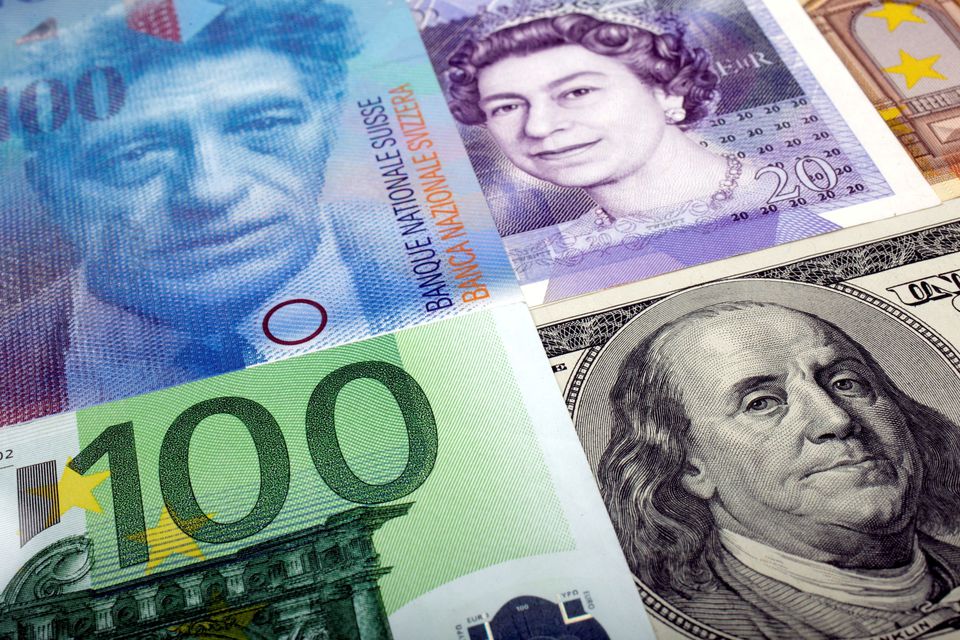
The dollar clung to a late week bounce on Monday as investors braced for January’s U.S. Federal Reserve meeting and raised bets it will chart a year ahead holding several rate hikes, while China surprised analysts with a benchmark cut.
Chinese economic growth data, due later on Monday (0200 GMT), a Bank of Japan policy meeting which concludes on Tuesday, British inflation data on Wednesday and Australian jobs figures on Thursday are also in view as traders gauge the global policy outlook.
The dollar was 0.2% higher at 114.45 yen early in the Asia session, about 0.8% above a Friday low. It also edged about 0.1% firmer on the euro to $1.1403.
The moves follow the dollar’s jump on Friday along with U.S. yields and underscore support for the greenback from the hawkish rates outlook, even if momentum for gains has started to wane.
The U.S. dollar index, which declined sharply last week until Friday’s leap, sat at 95.225 in Asia on Monday.
“Friday’s move suggest to me that the interest rate driver for dollar strength is not dead and buried,” said National Australia Bank’s head of foreign exchange strategy Ray Attrill.
He said it may not necessarily return to drive new dollar highs, but added: “We’ve had a hawkish twist out of every Fed meeting since June last year.”
The Fed meets Jan. 25-26 and is not expected to move rates, but there is a growing drumbeat of hawkish comments coming from within and outside the central bank.
Full coverage: REUTERS
Oil Extends Rally On Supply Tightness, Brent At More Than 3-year High
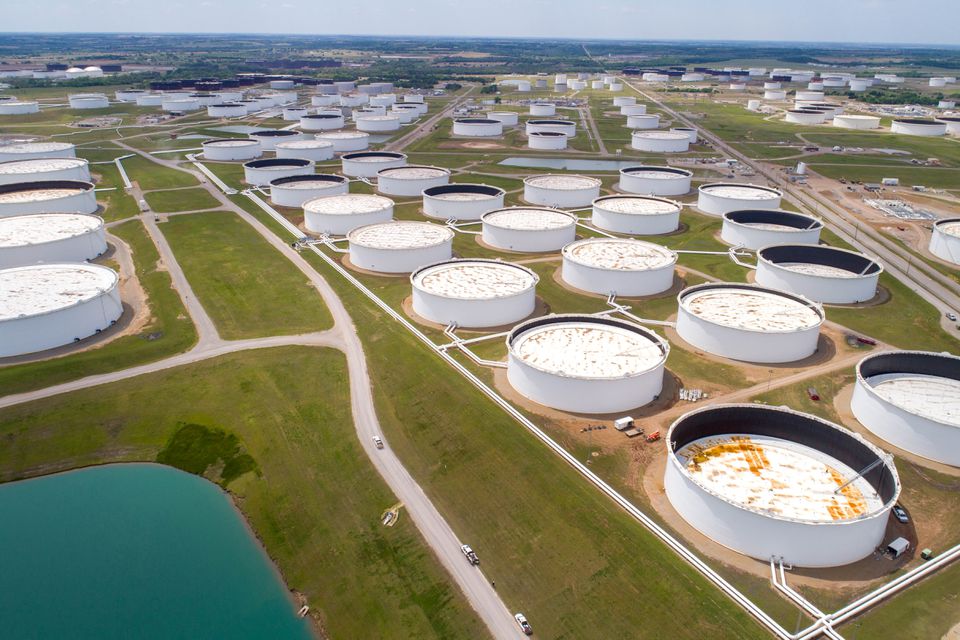
Oil prices rose on Monday, with Brent crude futures at their highest in more than three years, as investors bet supply will remain tight amid restrained output by major producers with global demand unperturbed by the Omicron coronavirus variant.
Brent crude futures gained 42 cents, or 0.5%, to $86.48 a barrel by 0022 GMT. The contract touched its highest since Oct. 3, 2018 – $86.71 – earlier in the session.
U.S. West Texas Intermediate crude was up 62 cents, or 0.7%, at $84.44 a barrel, after hitting $84.78, the highest since Nov. 10, 2021, earlier in the session.
The gains followed a rally last week when Brent rose 5.4% and WTI climbed 6.3%.
Frantic oil buying, driven by supply outages and signs the Omicron variant won’t be as disruptive as feared for fuel demand, has pushed some crude grades to multi-year highs, suggesting the rally in Brent futures could be sustained a while longer, traders said.
“The bullish sentiment is continuing as (producer group) OPEC+ is not providing enough supply to meet strong global demand,” said Toshitaka Tazawa, an analyst at Fujitomi Securities Co Ltd.
“If (investment) funds increase allocation weight for crude, prices could reach their highs of 2014,” he said.
The Organization of the Petroleum Exporting Countries (OPEC) and its allies – OPEC+ – are gradually relaxing output cuts implemented when demand collapsed in 2020.
But many smaller producers can’t raise supply and others have been wary of pumping too much oil in case of renewed COVID-19 setbacks.
Full coverage: REUTERS


 Home
Home